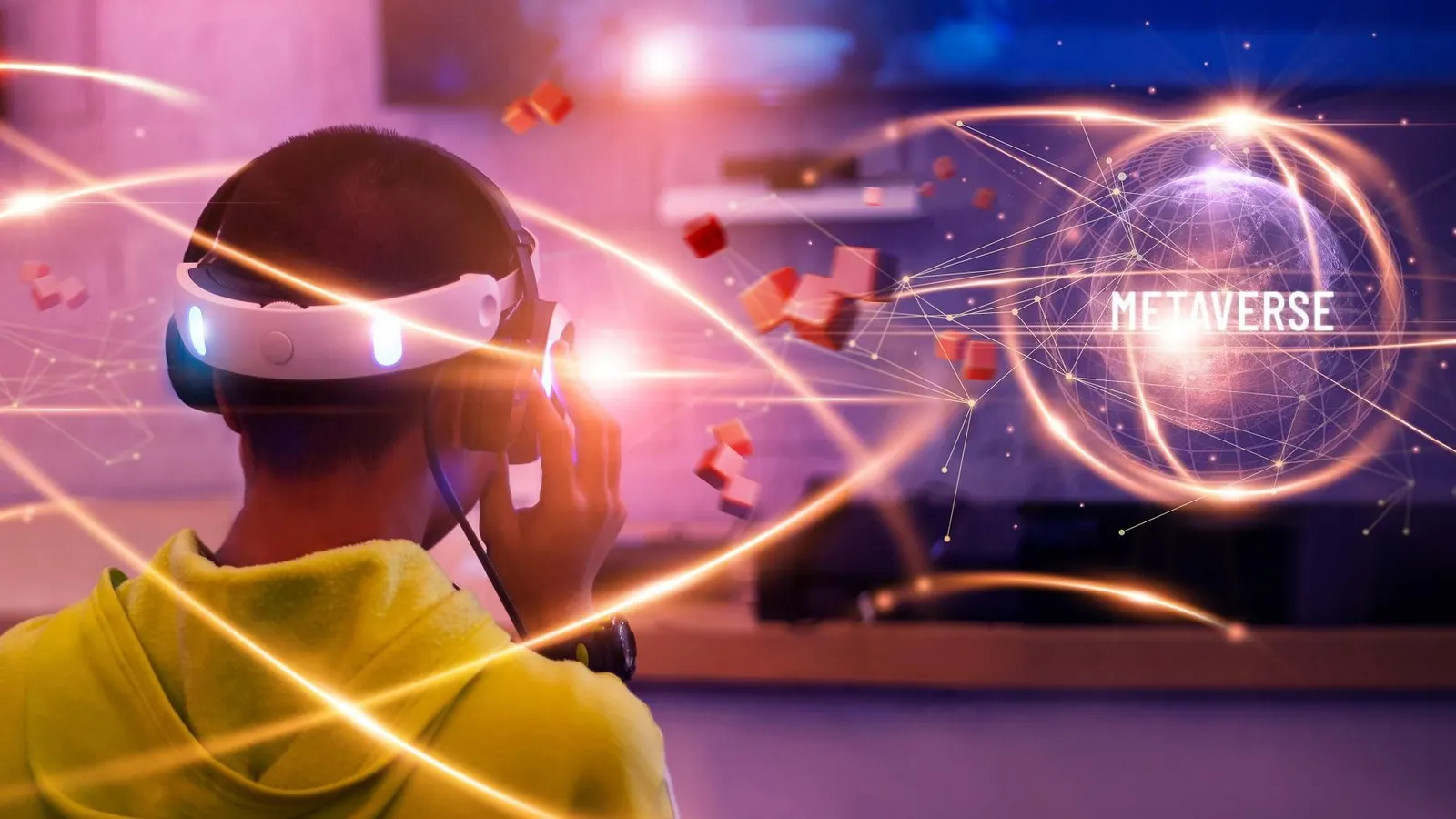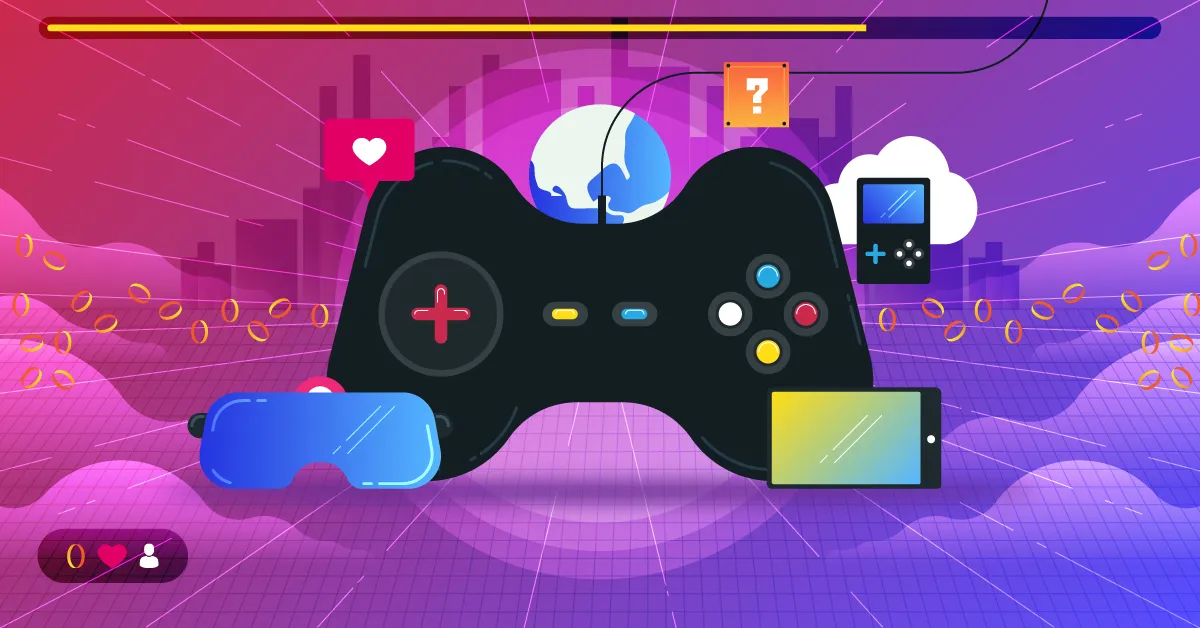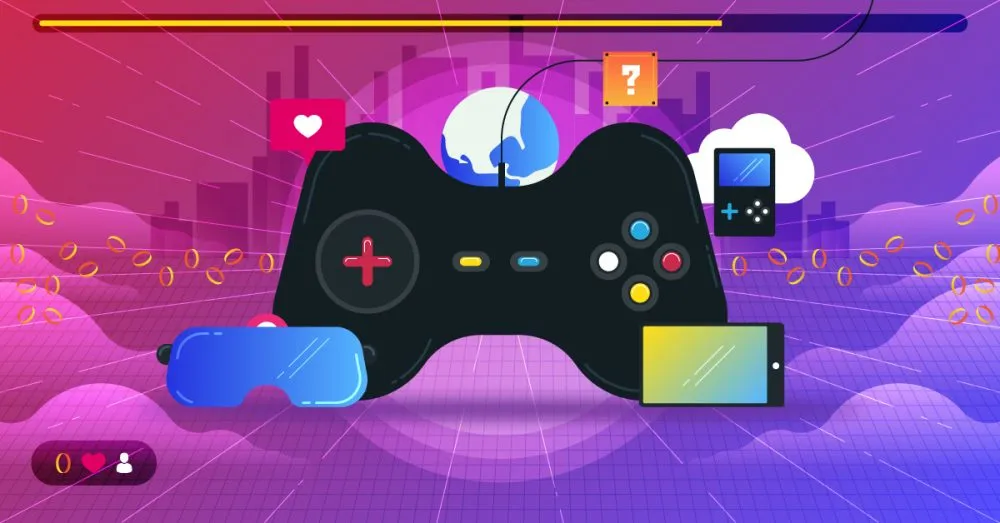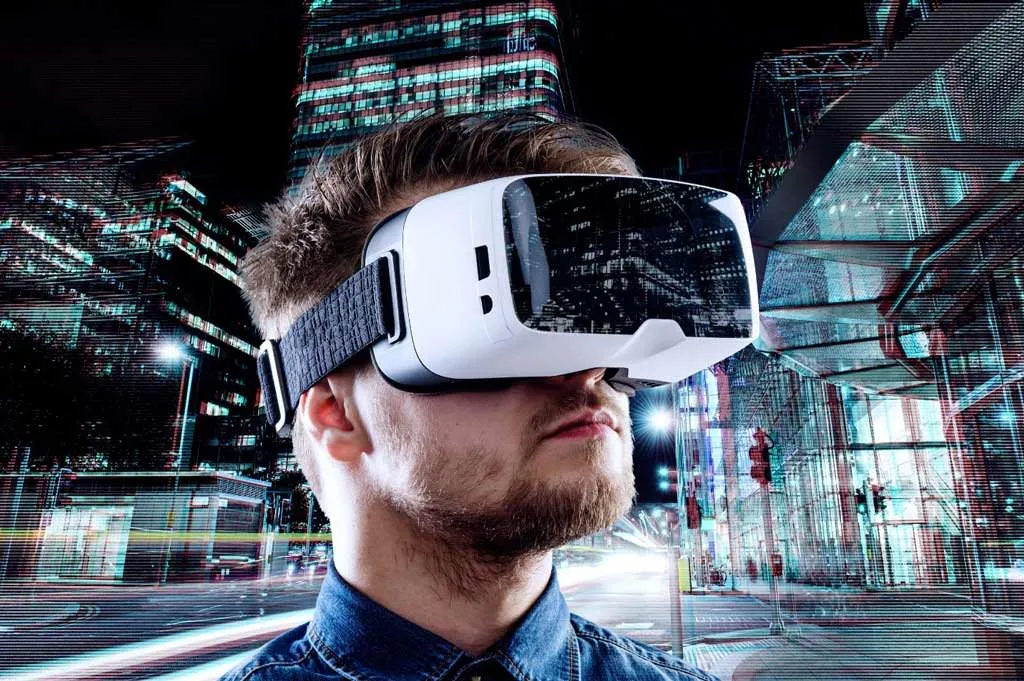Gaming has transformed dramatically over the past few years. Once relegated to a niche market, it now boasts millions of players worldwide. Streaming platforms like Twitch, YouTube Gaming, and Facebook Gaming have taken center stage in this evolution. They not only provide a space for gamers to showcase their skills but also offer new dimensions of interaction and community engagement.
But what truly stands out is how these platforms are leveling the playing field. Accessibility in gaming has become more than just a buzzword; it’s an imperative. With innovative features designed for everyone, from casual players to seasoned veterans and those with disabilities, streaming services are reshaping who can participate in this vibrant digital landscape.
Join us as we delve into how streaming platforms are breaking down barriers and creating opportunities for all gamers, making sure that no one gets left behind on the journey through virtual worlds.
The Rise of Streaming Platforms in Gaming
The gaming landscape has evolved significantly with the advent of streaming platforms. Once dominated by traditional consoles and PC setups, gaming now thrives in an online ecosystem where players can connect in real time.
Platforms like Twitch burst onto the scene, allowing gamers to broadcast their gameplay while interacting with viewers. This shift transformed how games are consumed, turning play into a shared experience rather than a solitary one.
Streaming services have democratized content creation. Anyone with a camera and passion can showcase their skills or personality to global audiences. The rise of influencers has created new career paths within the industry, inspiring countless individuals to jump into gaming.
As these platforms gain popularity, they’re reshaping not just how we game but also who gets to participate. With more eyes on diverse talent—from casual gamers to professionals—streaming is paving the way for an inclusive community that welcomes everyone.
Accessibility Features in Streaming Services
Streaming services have made significant strides in enhancing accessibility for gamers. Features such as screen readers allow visually impaired users to navigate menus with ease. This technology transforms gaming into a more inclusive experience.
Closed captioning is another vital addition. It serves not only the hearing-impaired but also those who prefer reading dialogue while playing. Clear captions enrich storytelling, making games enjoyable for a broader audience.

Customizable controls are essential too. Many platforms offer remapping options, accommodating various mobility needs. Gamers can tailor their experiences based on personal abilities and preferences.
Voice commands further improve accessibility by allowing players to control gameplay without traditional inputs. This innovation opens doors for individuals who may struggle with standard controllers.
These advancements demonstrate a commitment to inclusivity, ensuring that everyone has the opportunity to immerse themselves in the gaming world.
The Impact on Gamers with Disabilities
Gaming has long been an arena where many felt excluded, especially those with disabilities. Streaming platforms are changing this narrative.
With customizable control schemes and adaptive technologies, gamers now have more options than ever. Voice recognition and eye-tracking software allow players to engage in ways previously thought impossible.
Moreover, community-driven initiatives on these platforms foster inclusivity. Gamers can share tips on accessibility features or showcase modified controllers that enhance gameplay for individuals with various needs.
The ability to watch skilled players navigate challenges offers inspiration. It proves that gaming is not limited by physical constraints but enriched by diversity.
As developers prioritize accessible design in their games, the streaming landscape also evolves. This synergy enhances experiences for everyone while paving the way for a more inclusive community of gamers.
How Streaming Platforms are Making Gaming More Inclusive
Streaming platforms are transforming the gaming landscape by fostering inclusivity. They provide a space where diverse voices can be heard and celebrated, regardless of skill level or background.
Platforms like Twitch and YouTube Gaming allow gamers to share their experiences in real-time. This connection creates communities that welcome everyone, from casual players to esports professionals.
Moreover, streaming services often highlight underrepresented groups through dedicated channels and events. This visibility encourages more people to engage with gaming culture.
User-friendly interfaces further enhance accessibility for those new to gaming. Tutorials and guides cater specifically to different learning styles, ensuring no one feels left out.
Engagement features like chat rooms enable interaction among viewers and streamers alike. Such elements break down barriers, making it easier for fans across the globe to come together over shared interests.
Challenges and Limitations
Despite the advancements in streaming platforms, several challenges remain. One significant issue is internet connectivity. High-speed and reliable internet is essential for a seamless gaming experience, yet many players still face limitations due to their location.
Another concern revolves around compatibility. Not all games or streaming services support every accessibility feature available on modern consoles or PCs. This means that some gamers might miss out on vital tools designed to enhance their experience.
Additionally, there’s often a lack of awareness among developers regarding the importance of inclusive design. Game creators may not prioritize accessibility options during development, leaving gaps that hinder participation.
While great strides have been made in technology, financial barriers persist. The cost of high-quality streaming equipment can be prohibitive for some aspiring gamers with disabilities who wish to engage fully with this medium.
The Future of Gaming Accessibility through Streaming
The future of gaming accessibility through streaming looks promising. As technology evolves, so do the options available for gamers with disabilities.
Cloud gaming is at the forefront of this revolution. High-speed internet will enable players to access games without expensive hardware. This opens doors for everyone, regardless of their financial situation or physical capabilities.
Streaming platforms are also focusing on user-friendly interfaces. Customizable controls and voice commands can transform how players engage with games.

Developers are eager to collaborate with advocacy groups. By integrating feedback from diverse communities, they can create experiences that cater to a wider audience.
As more people champion inclusivity in gaming culture, we may see even broader changes on these platforms. The goal is clear: ensure every gamer feels welcome and has an opportunity to participate fully in this dynamic world.
Frequently Asked Questions
What are streaming platforms in gaming?
Streaming platforms allow gamers to play video games online without needing high-end hardware. Services like Google Stadia, Xbox Cloud Gaming, and NVIDIA GeForce Now enable users to stream games directly from the cloud.
How do these platforms level the playing field for gamers?
By reducing hardware requirements, streaming services make gaming accessible to a wider audience. This democratizes access, allowing more people to enjoy games regardless of their financial situation or physical capabilities.
Are there accessibility features built into these streaming services?
Yes! Many platforms now include customizable controls and settings designed specifically for players with disabilities. Features such as text-to-speech options and colorblind modes enhance usability for everyone.
How have these improvements impacted gamers with disabilities?
Accessibility features on streaming platforms have transformed the gaming experience for individuals with disabilities. Gamers can participate more fully in communities they previously felt excluded from due to traditional game limitations.
Do all gaming titles support accessibility features through streaming?
Not every game offers robust accessibility options yet; however, many developers are becoming increasingly aware of this need. As awareness grows, we can expect more titles to incorporate inclusive design practices across various genres.
What does the future hold for gaming accessibility through streaming?
The trend toward inclusivity is set to continue as technology evolves. With ongoing advocacy and development efforts focused on diverse needs within the community, we’ll likely see even greater strides taken toward leveling the playing field in years ahead.
Feel free to reach out if you have any other questions about how streaming is changing the landscape of gaming!











